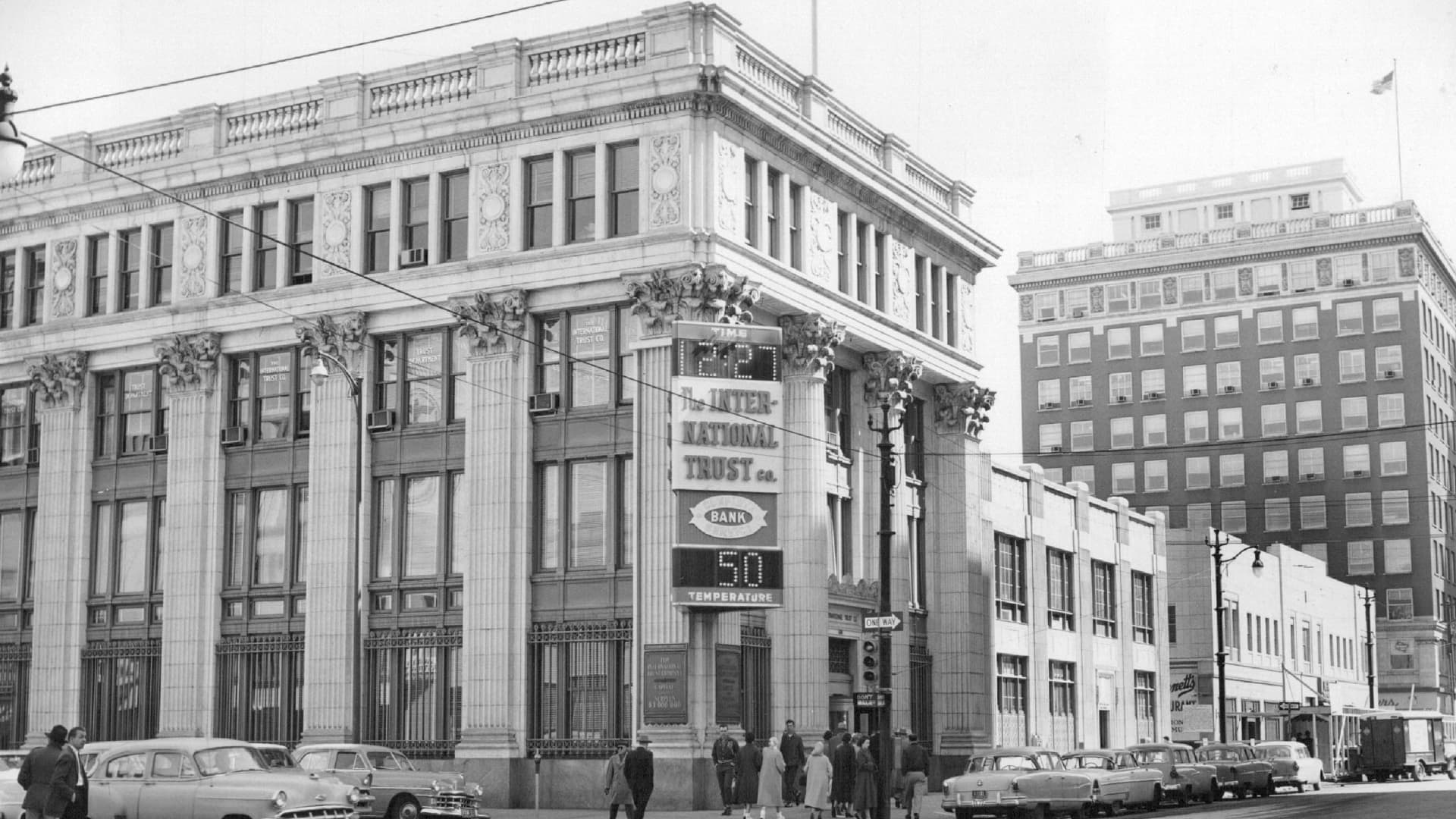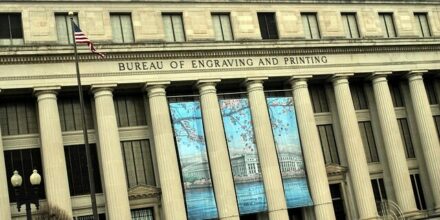That's kind of a pointless argument, isn't it? And backwards, too?
I stated that central banks and for that matter commercial banks are different in operations and unlike you I do not compare them as being similar as you do. I disassociated myself and continue to do so as to your descriptions of commercial banks and the central banks of nations. I believe your descriptions are inaccurate and I have stated why.
I did state the limitations of any government when managing its economy including borrowing and paying back debts is the extent of revenue it can collect in taxes to pay back its debts.
No its not pointless to state there are limits. Its the very point to showing why your theories are fallacious because they do not acknowledge limitations that exist.
Here are the limitations again that you deny:
1-printing more money doesn’t increase economic output – it only increases the amount of cash circulating in the economy
2-if more money is printed, consumers are able to demand more goods, but if firms have still the same amount of goods, they will respond by putting up prices. and so printing money will just cause inflation
3-inflation is a real limitation because it creates:
a- if people have cash savings, then inflation will erode the value of their savings
b-If inflation is very high, then it becomes harder to make transactions.
c-high inflation creates uncertainty and so discourage firms from investing and can lead to lower economic growth adding to less people able to pay taxes
4-governments raise money to pay their debts by charging taxes or issuing bonds-high inflation means less money left over from which people can pay taxes and
5-it means people will not buy bonds if there are high prevailing interest rates because the money made on interest on the bond will not keep up with the ever devaluing amount of money caused by inflation
6-examples of hyperinflation are Germany in 1922 and Zimbabwe during Mugabe's years
Now I note you are now talking in circles avoiding anything that does not suit your theories so I will only say this: you do not understand that the economic crisis in Span, Greece, Italy were cased by the very approach you advocate, likewise in Argentina and Brazil and to pretend as you do, that you do not know this and they are unrelated is absurd.
In fact the European sovereign debt crisis was a period where we saw several European countries suffer the collapse of their financial institutions, due to allowing high government debt, and rapidly rising bond
yield spreads in government securities. Go look at what happened to Iceland's banking system and what triggered a recession from 2008-2012 if you want "empirical data".
In fact this debt crisis began in 2008 with the collapse of Iceland's banking system ad by the end of 2009, Greece, Spain, Ireland, Portugal, and Cyprus could NOT repay or refinance their government debt or bail out their beleaguered banks without the assistance of third-party financial institutions. Each of these countries chose to run large debts and not worry about the consequences following your theory that they could just print more money and bonds and who cared if people were not paying taxes. Argentina, Chile, Brazil, exact same collapse.



